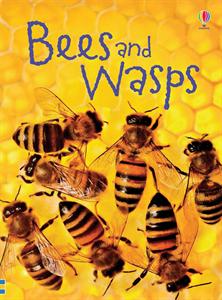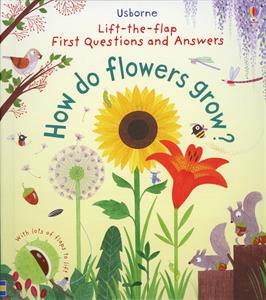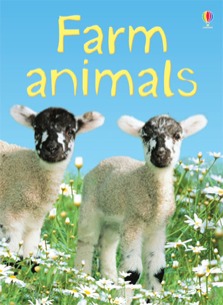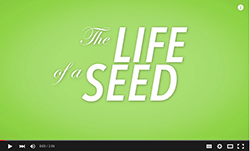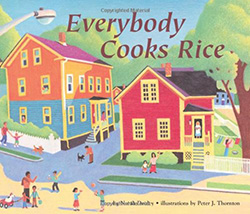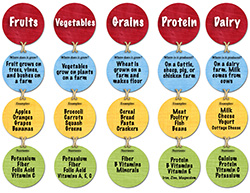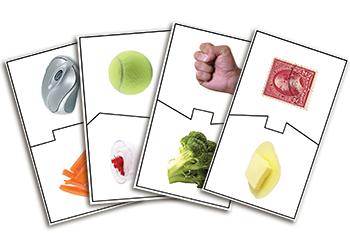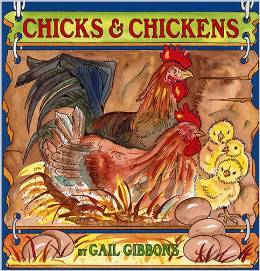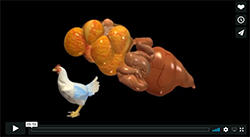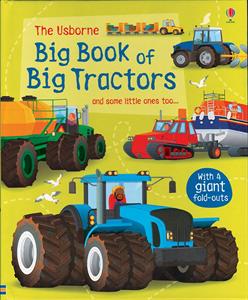
Big Book of Big Tractors
Big Book of Big Tractors is a large, full color book that gets even bigger with it's fold out pages. Students will learn the names of many machines and implements used on the farms that grow and harvest their food. How do machines dig in the soil and plant seeds? What kind of tools make physical labor on a farm easier by lifting heavy objects or performing the work of many people? How do machines harvest grains, hay, cotton, and other agricultural products? How are tractors and large machines used off the farm? These questions and more are answered and can serve as a companion to lessons about machines, harvesting, and engineering (STEM).
